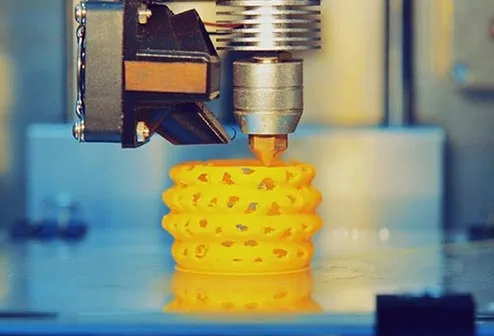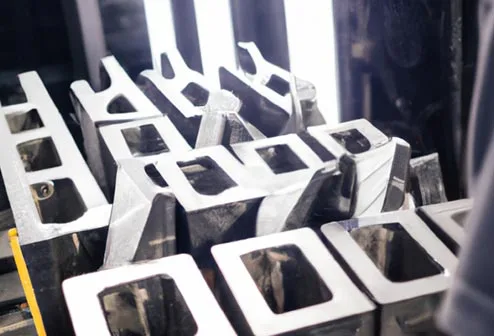Sheet metal welding is the process of using heat and electricity to join thin pieces of metal together. This process is essential for many applications, such as making custom products, repairing damaged parts, or creating artistic designs. However, not all sheet metal welding methods are the same. Depending on the type and thickness of the welding sheet metal, the desired quality and appearance of the weld, and the available equipment and budget, some methods may be more suitable than others.
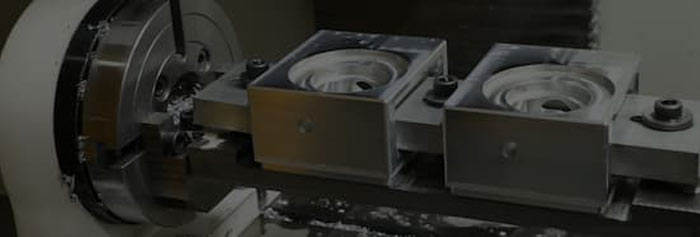
Welding sheet metal is the process of joining thin pieces of metal together using heat and electricity. Sheet metal is a term that refers to metal that has been formed into flat and thin pieces, usually ranging from 0.5 to 6 mm in thickness. Sheet metal can be made from various metals, such as steel, aluminum, copper, brass, or titanium.
Welding sheet metal is different from welding thicker metal parts, as it requires more care and skill to avoid common problems, such as distortion, burn-through, warping, or cracking. Welding sheet metal also requires choosing the right welding method, adjusting the heat and speed, and using proper filler materials and techniques.
Welding sheet metal can be used for various applications, such as repairing car parts, making art, or creating custom products. Weld sheet metal can also produce different types of welds, such as butt welds, lap welds, edge welds, or corner welds. Each type of weld has its own advantages and disadvantages, depending on the shape and strength of the joint.
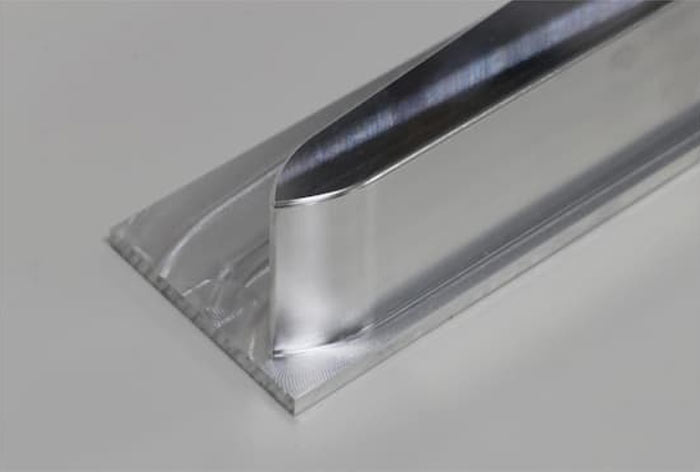
When it comes to welding sheet metal, a variety of techniques are at your disposal, each with its own set of strengths and applications.
MIG welding is a widely-used technique valued for its speed, versatility, and ease of use. It operates by employing a wire electrode that melds seamlessly into a weld pool, effectively joining the metal sheets. This method is particularly well-suited for mild steel, stainless steel, and aluminum applications, making it a favored choice across a spectrum of projects. However, bear in mind that MIG welding can generate spatter and slag, necessitating post-weld clean-up.
This method relies on a tungsten electrode and filler rod to create meticulously clean welds. Therefore, TIG welding is the answer for those seeking precision and immaculate welds due to its accuracy performance.
Although it's a slower and more intricate process compared to others, TIG welding is ideal for working with thin and delicate weld sheet metal, especially the likes of aluminum. Its pinpoint accuracy and clean finish make it a go-to choice for applications where aesthetics and structural integrity are paramount.
When you need to join overlapping sheet metal parts seamlessly, spot welding steps in. Employing copper electrodes, this method applies high current at precise points, forming small welds that are both quick and efficient. Car bodies, with their intricate designs and closely aligned metal parts, often benefit from spot welding. However, it's important to note that while this method offers speed, the resulting welds might not be as strong or durable as those from other techniques.
For industries that demand top-tier precision and minimal distortion, laser welding is the suitable option with its high-powered laser beams. The method employs intense heat to meld the metal along the seam, ensuring accuracy and minimal heat-affected zones. The equipment required for laser welding is typically expensive to procure and maintain. Meanwhile, the process demands a controlled environment to ensure safety and precision, adding to the overall expenses too. It may not be the ideal choice for thicker materials due to their increased heat absorption and potential for distortion.
Gas welding is well-suited for repairing sheet metal parts and even lends itself to artistic endeavors. It accomplished using a gas torch and filler rod, which provides portability and flexibility. However, gas welding's flexibility and convenience come hand in hand with its potential hazards. There are flames and fumes generated during the process, requiring proper ventilation and safety measures.
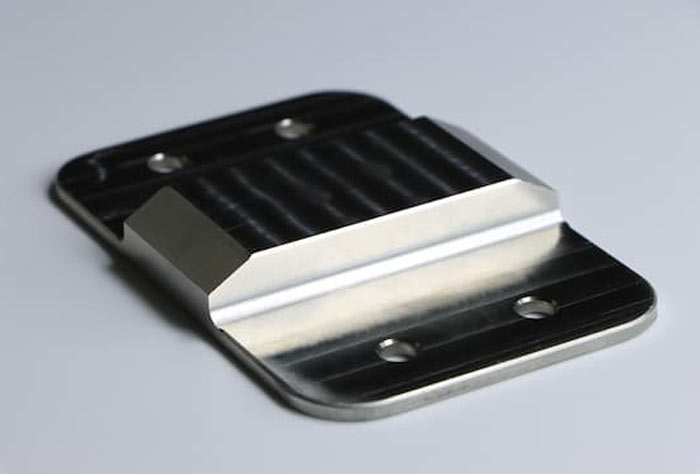
When considering how to weld sheet metal, there are different types of welds that can be produced, depending on the shape and strength of the joint.
This type of weld is used to join two metal pieces that are aligned edge to edge. Butt welds can be made with or without filler metal, depending on the thickness and gap of the metal pieces. Butt welds are suitable for flat or slightly curved surfaces, and they provide a smooth and continuous appearance. However, butt welds may require more preparation and skill to achieve a good fit and penetration.
This type of weld is used to join two metal pieces that are overlapped by a certain distance. Similar to butt weld, Lap welds can be made with or without filler metal, depending on the thickness and overlap of the metal pieces. Lap welds are suitable for joining dissimilar metals or metals with different thicknesses, and they provide a strong and durable joint. Lap welds need to create more distortion and stress in the metal, therefore they may require more filler metal and heat input.
This type of weld is used to join two metal pieces that are aligned edge to edge but have a small gap between them. Edge welds are made with filler metal, which fills the gap and forms a bead along the edge. Edge welds are suitable for joining thin or curved metal pieces, and they provide a simple and fast way to join sheet metal. Edge welds have a shortcoming that it may not be very strong or reliable, and they may create more spatter and slag.
This type of weld is used to join two metal pieces that are perpendicular to each other, forming a corner. Corner welds can be made with or without filler metal, depending on the angle and gap of the corner. Corner welds are suitable for joining box-shaped or L-shaped metal pieces, and they provide a neat and clean appearance. However, corner welds may require more skill and precision to avoid burn-through or lack of fusion.
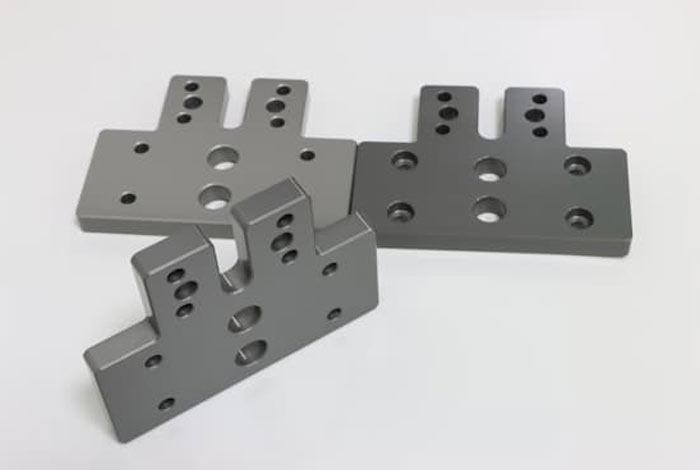
The welding process demands precision, skill, and the use of advanced techniques, all of which are found in experienced and reputable companies.
The first aspect to consider when evaluating welding services is the quality and expertise the provider brings to the table.
Richconn boasts an impressive track record of over 15 years in the industry, showcasing its commitment to excellence. With a focus on OEM CNC machining, sheet metal fabrication, welding, and assembly services, their multifaceted expertise spans across various sectors including automotive, aerospace, medical, and electronics.
Welding services extend beyond mere execution; they embody a collaborative partnership.
Richconn commitment to customer satisfaction and support creates an environment where clients' needs are understood, valued, and met. With a focus on tailored solutions, Richconn's team works closely with clients to comprehend the intricacies of their projects, suggesting optimal welding methods that align with their goals.
Richconn backed by its state-of-the-art welding equipment and materials. These technological resources guarantee the accuracy and strength of the welds they produce. This advanced approach not only showcases their commitment to excellence but also contributes to the overall success and longevity of your welded components.
Explore Your Ideal Sheet Metal Welding Solution Today >>>
Whether opting for the swift precision of MIG welding, the meticulous craftsmanship of TIG welding, or the targeted efficiency of spot welding, the choice hinges on the specific demands of the project. Meanwhile, the diverse array of weld types, from seamless butt welds to versatile lap welds, allows for tailored solutions that balance aesthetics and structural integrity. Partnering with experienced providers like Richconn ensures a seamless fusion of innovation, quality control, and collaborative dedication, ultimately yielding durable and visually appealing welded components across a spectrum of applications.
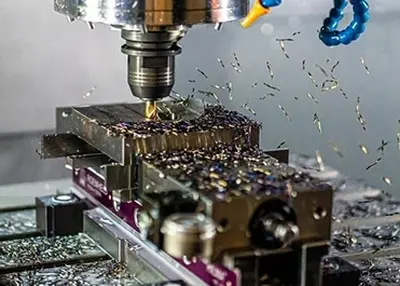 Titanium vs. Aluminum: High Performance Metals for Machining and 3D PrintingOctober 11, 2023When you think of an outstanding combination of material properties for parts, light weight and strength come to mind. Of course, the same is true for aluminum and titanium. Both materials meet other important criteria, such as excellent corrosion resistance and heat tolerance.view
Titanium vs. Aluminum: High Performance Metals for Machining and 3D PrintingOctober 11, 2023When you think of an outstanding combination of material properties for parts, light weight and strength come to mind. Of course, the same is true for aluminum and titanium. Both materials meet other important criteria, such as excellent corrosion resistance and heat tolerance.view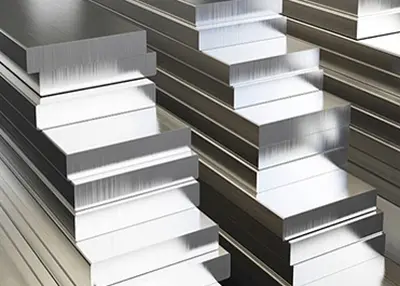 All About Hardness Definition: Types, Testing Methods & UnitsOctober 12, 2023Here is an in-depth overview of hardness definition. Follow this article to learn metal hardness for different materials and choose the suitable one for your project.view
All About Hardness Definition: Types, Testing Methods & UnitsOctober 12, 2023Here is an in-depth overview of hardness definition. Follow this article to learn metal hardness for different materials and choose the suitable one for your project.view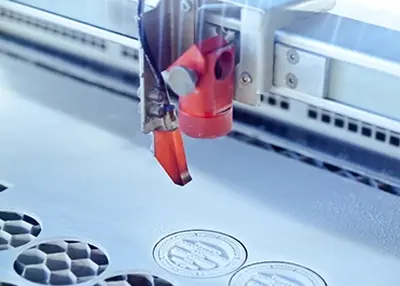 What Are Tolerances? How Are Tolerances Determined When Designing Machinery?October 26, 2023Tolerance is precise machining and design, the actual parameter values of the parts of the allowable amount of change, such as a certain part of the upper and lower limits were 100, 60, then its tolerance is 40; if the upper and lower limits were +100, -100, then its tolerance is 200.view
What Are Tolerances? How Are Tolerances Determined When Designing Machinery?October 26, 2023Tolerance is precise machining and design, the actual parameter values of the parts of the allowable amount of change, such as a certain part of the upper and lower limits were 100, 60, then its tolerance is 40; if the upper and lower limits were +100, -100, then its tolerance is 200.view Top 12 CNC Machining Manufacturers in ChinaJune 6, 2024Among the numerous CNC machining services, why choose CNC machining manufacturers in China for your projects? This article will reveal the answer for you.view
Top 12 CNC Machining Manufacturers in ChinaJune 6, 2024Among the numerous CNC machining services, why choose CNC machining manufacturers in China for your projects? This article will reveal the answer for you.view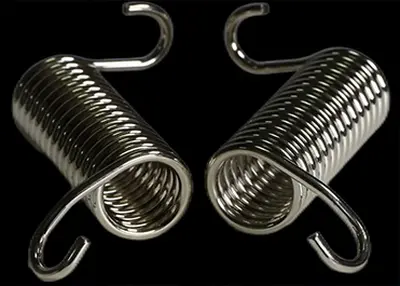 The Tiny World of Springs: A Comprehensive Analysis of Their Types and ApplicationsSeptember 26, 2023Springs are an extremely important and common component in mechanical parts, excelling in enabling motion, shock absorption, providing controllable pushing force, pulling force, and flexible clearance...view
The Tiny World of Springs: A Comprehensive Analysis of Their Types and ApplicationsSeptember 26, 2023Springs are an extremely important and common component in mechanical parts, excelling in enabling motion, shock absorption, providing controllable pushing force, pulling force, and flexible clearance...view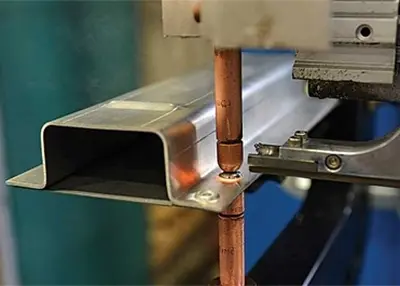 The Differences Between Riveting vs WeldingFebruary 18, 2024Let's explore the advantages, applications, and limitations of riveting and welding processes. Then, you can select the right method for assembling sheet metal parts.view
The Differences Between Riveting vs WeldingFebruary 18, 2024Let's explore the advantages, applications, and limitations of riveting and welding processes. Then, you can select the right method for assembling sheet metal parts.view
 EN
EN
 ru
ru 

